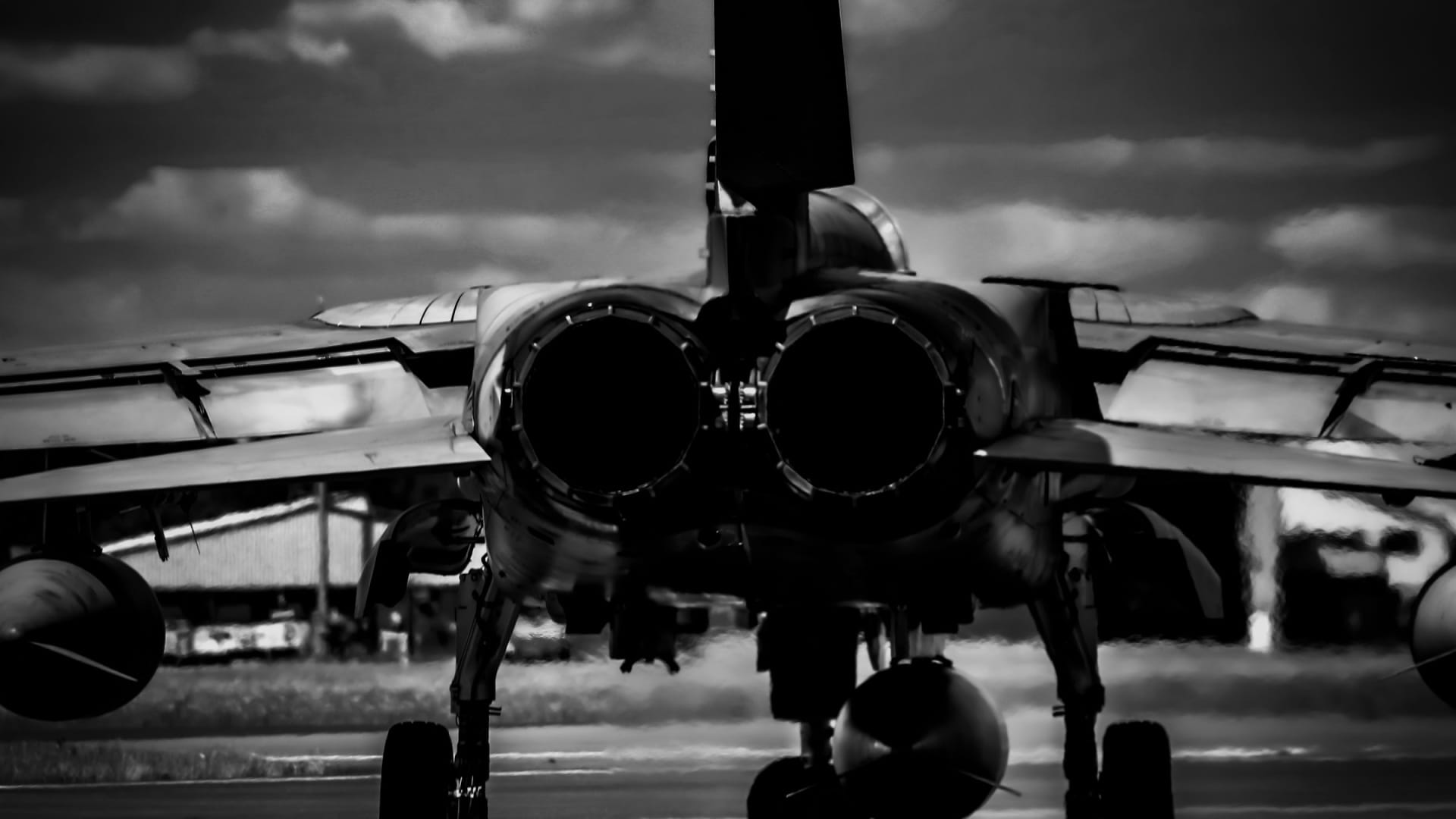Jul. 21, 2025 |
This aggression will not stand. It looks like a new era for Europe’s military defenses. Britain’s Prime Minister Keir Starmer and Germany’s Chancellor Friedrich Merz signed a security pact on July 17, with each country pledging to defend the other.
Three days earlier, U.S. President Donald Trump announced that NATO’s European members would buy huge stocks of critical—and expensive—weaponry like missile-defense systems, along with ammunition, to send to Ukraine’s armed forces.
At the NATO summit in late June, member countries agreed to spend 5 percent of GDP on defense, after decades of pressure from Washington for them to pay more of the costs of security on the Continent—and in the face of Russia’s increasing aggression across it. Germany even changed its Constitution so it could spend more on defense.
But this picture is more complicated. Spain, the sixth-largest country in NATO, got an exception to the budget increase. All member countries will have 10 years to meet the new target. And it’s not really 5 percent of GDP on defense—it’s 3.5 percent on defense and another 1.5 percent on security-related outlays, which they defined to include infrastructure like roads and bridges.
And their expenditures won’t be coordinated but broken up into 29 member-country budgets and militaries. They won’t pool resources for greater purchasing power, so some spending could—and almost certainly will—be redundant. European countries will probably continue to favor domestic arms producers, raising questions about the interoperability of the countries’ equipment.
What are Europeans actually getting for their new defense spending, then?
—Michael Bluhm

